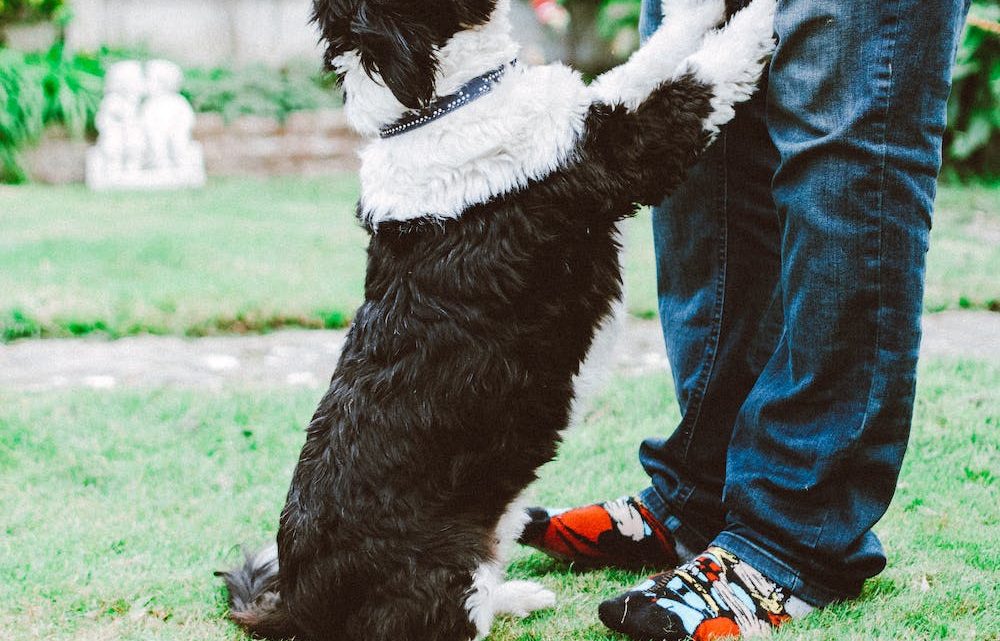Training Your Dog: Tips for Success
January 21, 2021Dog training is an essential component of pet ownership, as it not only helps to ensure a happy and well-behaved dog but also fosters a strong bond between the dog and their owner. However, not all training methods are created equal, and some may be more effective than others.
Quick tips for success:
- Use positive reinforcement. Reward your dog for good behavior with treats, praise, and attention. Avoid punishing your dog for bad behavior, as this can lead to fear and anxiety.
- Be consistent with your training. Use the same commands and rewards every time you train your dog. Stick to a regular training schedule, and make sure everyone in the household is on board with the training plan.
- Keep training sessions short and focused. Dogs have short attention spans, so aim for 10-15 minute training sessions. Make training fun and engaging for your dog.
- Address problem behaviors promptly. If your dog is exhibiting a behavior that’s causing problems, such as excessive barking or jumping, address it as soon as possible. Consult with a professional trainer if necessary.
- Be patient and persistent. Training takes time and effort, but the results are worth it. Celebrate your dog’s successes and keep working with them to improve their behavior.
Effective Methods of Dog Training
These methods are all based on the principle of rewarding desirable behavior, rather than punishing undesirable behavior. Positive reinforcement involves rewarding the dog with treats or praise for good behavior.
Positive Reinforcement
Positive reinforcement is a widely accepted and effective method of dog training that involves rewarding desirable behaviors. This can include verbal praise, treats, or toys, and serves to reinforce the behavior and encourage the dog to repeat it. Positive reinforcement has been shown to be effective in a variety of training scenarios, including obedience training, trick training, and even behavior modification for issues such as fear and anxiety (Rooney & Cowan, 2011).
Clicker Training
Clicker training is a type of positive reinforcement training that involves using a clicker, a small handheld device that makes a clicking sound, to mark desirable behavior. The click serves as a signal to the dog that they have performed the correct behavior, and is immediately followed by a reward. Clicker training has been shown to be particularly effective in shaping complex behaviors, such as agility training and obedience competition (Pryor, 1984).
Association Learning
Association learning is a type of training that involves pairing a specific action or behavior with a consequence. For example, teaching a dog to sit by associating the behavior with a reward. This type of training can be particularly effective in teaching basic obedience commands, and has been shown to be effective in training dogs of all ages and breeds (Braem & Mills, 2010).
Ineffective Methods of Dog Training
Punishment-Based Training
Punishment-based training involves using aversive techniques, such as physical corrections or verbal reprimands, to discourage undesirable behaviors. This type of training has been shown to be less effective than positive reinforcement, and can lead to negative side effects such as fear, anxiety, and aggression (Hiby et al., 2004). Punishment-based training can also damage the bond between the dog and their owner, leading to a breakdown in communication and trust.
Dominance-Based Training
Dominance-based training is a method of training that is based on the idea that dogs are pack animals that need to be dominated and controlled by their owners. This type of training often involves physically forcing the dog into submissive positions, such as alpha rolls or scruff shakes, and using physical corrections to assert dominance. However, this method has been debunked by many animal behavior experts, as it is based on outdated and inaccurate theories of dog behavior (Bradshaw et al., 2009). Dominance-based training can also lead to fear, anxiety, and aggression in dogs, and can damage the bond between the dog and their owner.
Shock Collar Training
Shock collar training involves using a remote-controlled device to administer an electric shock to the dog when they perform an undesirable behavior. This type of training has been shown to be ineffective and potentially harmful, as it can cause fear, anxiety, and aggression in dogs (Schilder & van der Borg, 2004). Shock collar training can also damage the bond between the dog and their owner, and can lead to long-term behavioral issues.
Effective dog training methods are crucial for fostering a happy and well-behaved dog, and positive reinforcement-based methods have been shown to be the most effective. Punishment-based methods, such as dominance-based training and shock collar training, are less effective and can have negative side effects on the dog’s behavior and well-being.


